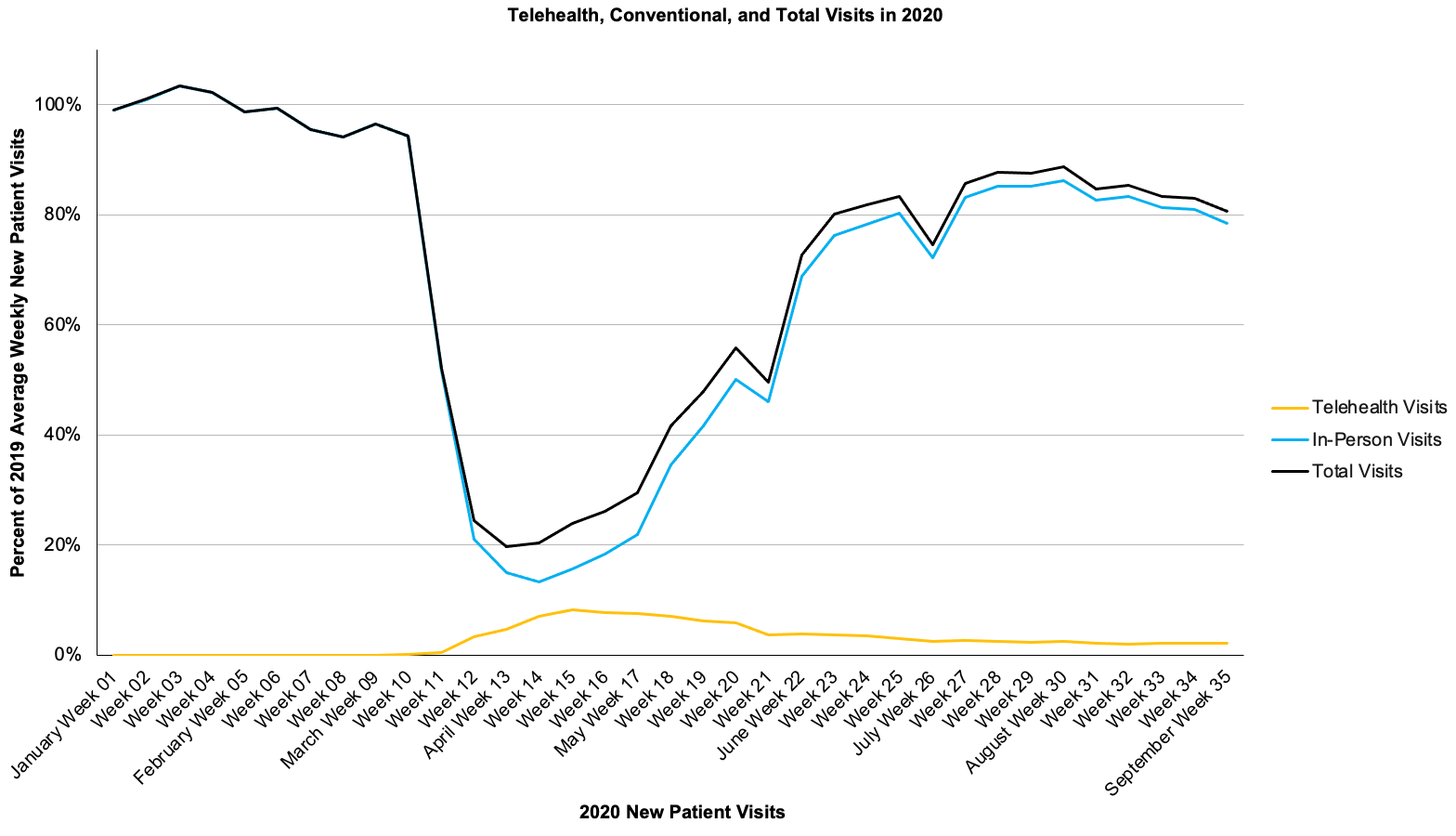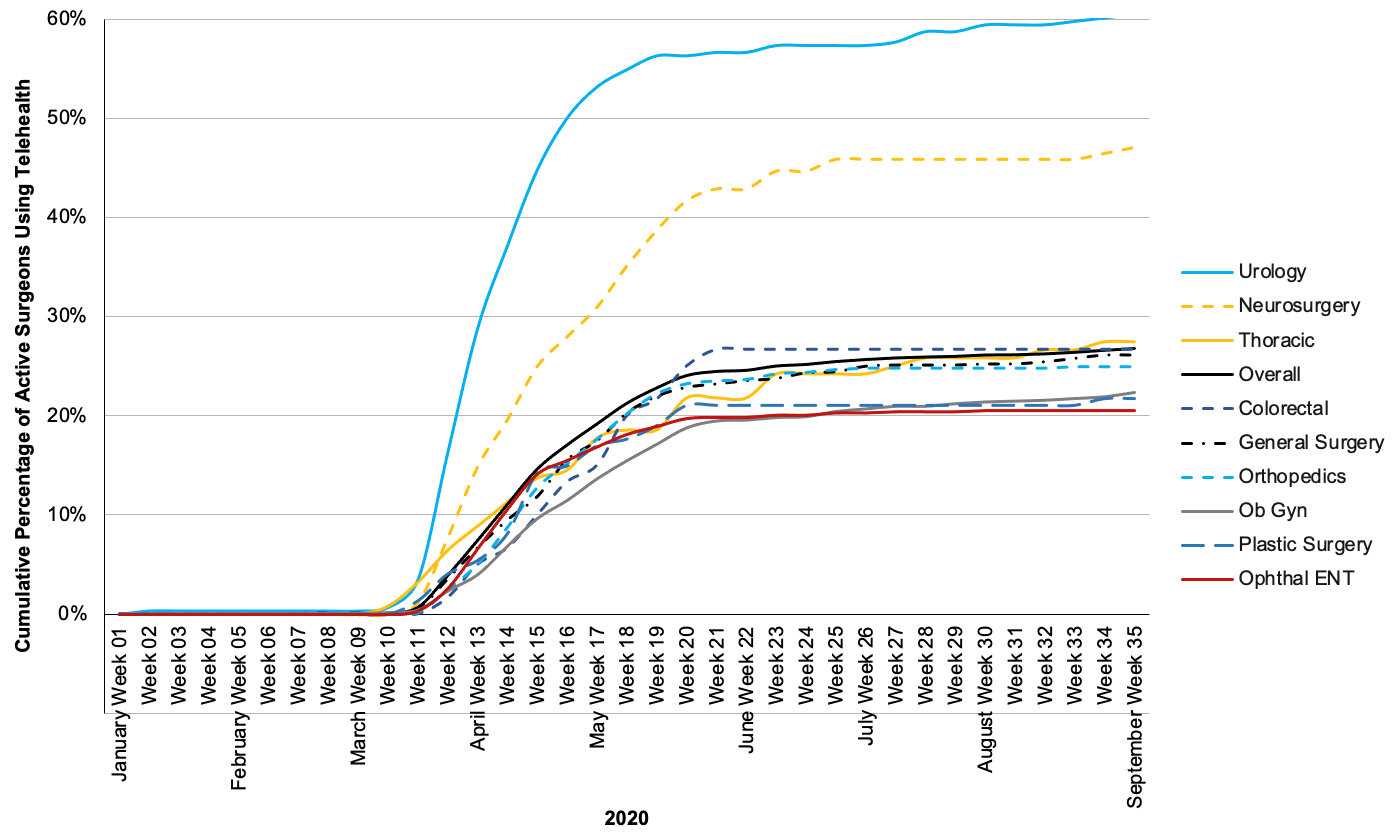With continued COVID-19 surges occurring worldwide despite the availability of a number of variations of vaccines, some patients continue to experience what is now being dubbed as “Long COVID-19” or “Post COVID-19 Syndrome”. Symptoms that are commonly experienced include a persistent cough, dyspnea, chest and/or joint pain, neuralgia, and headaches. These symptoms can last up to 12 weeks and in some cases, even longer. The more people that develop long COVID-19, the greater the strain on the healthcare system and need for appropriate diagnosis and treatment options.
A recent paper by A.V. Raveendran from January 2021 proposed diagnostic criteria to help confirm a diagnosis of long COVID-19. Depending on clinical symptomology, duration criteria and the presence or absence of a positive swab or antibodies, a long COVID-19 diagnosis can be categorized as confirmed, probable, possible or doubtful. Having an appropriate diagnosis will allow the practitioner to prescribe the relevant treatment plan.
In the United Kingdom, where the number of people exhibiting long COVID-19 continues to increase, a guideline has been developed by the National Institute for Health and Care Excellence to provide recommendations to help identify, assess, and manage the effects. As more evidence is collected, the plan is to update the document on a continuous basis to maintain its validity. The guideline takes into consideration clinical symptomology, duration criteria, and the presence or absence of a positive SARS-Cov-2 test. It also provides guidelines for suggested referrals, and a plan of care with follow-up and monitoring.
While the guideline manual has many useful suggestions, there are a number of gaps where further detailed information will be needed. As new information is discovered, the goal is to include comprehensive reviews of symptomology, and pathology of the disease process and a better understanding of the variation in impact. Simultaneously, there needs to be an increase in rehabilitation and community resources to allow for individualized evidenced based care for those suffering from the debilitating effects of long COVID-19.
The Michigan Value Collaborative continues to assess data related to COVID-19 and will be sharing a dedicated COVID-19 push report with members in the coming months. If you would like access to the MVC registry, please request it here or via email michiganvaluecollaborative@gmail.com

